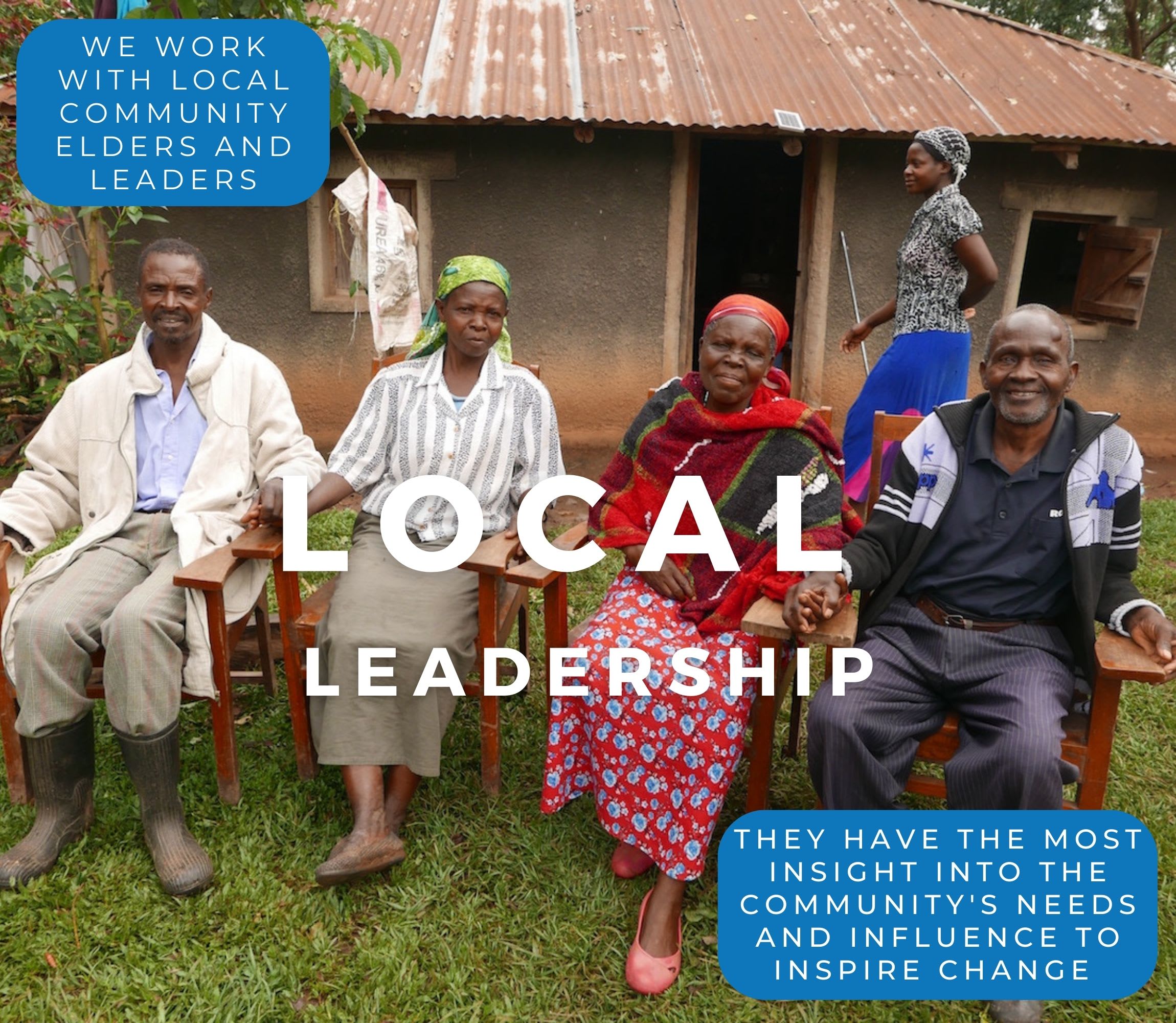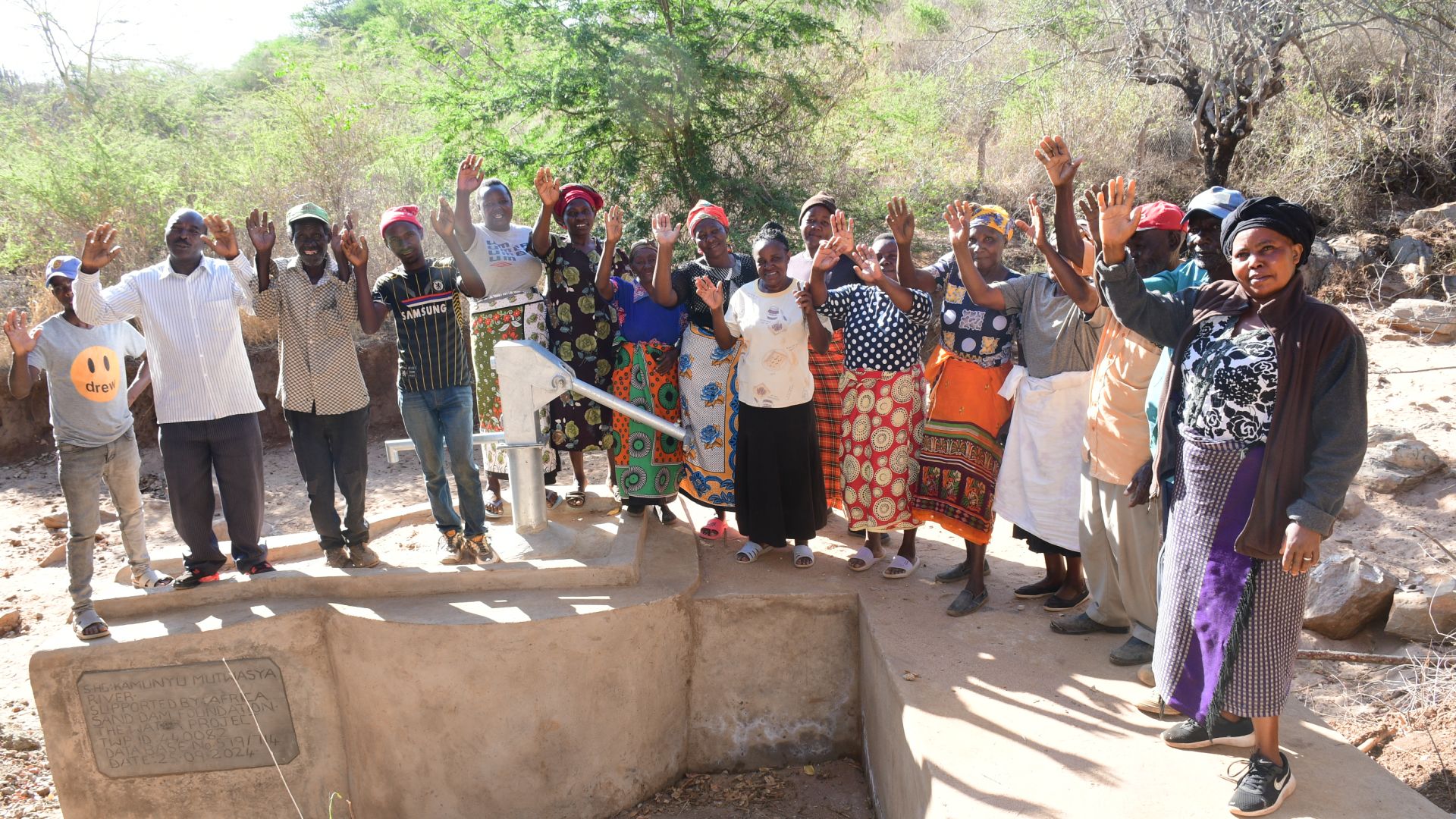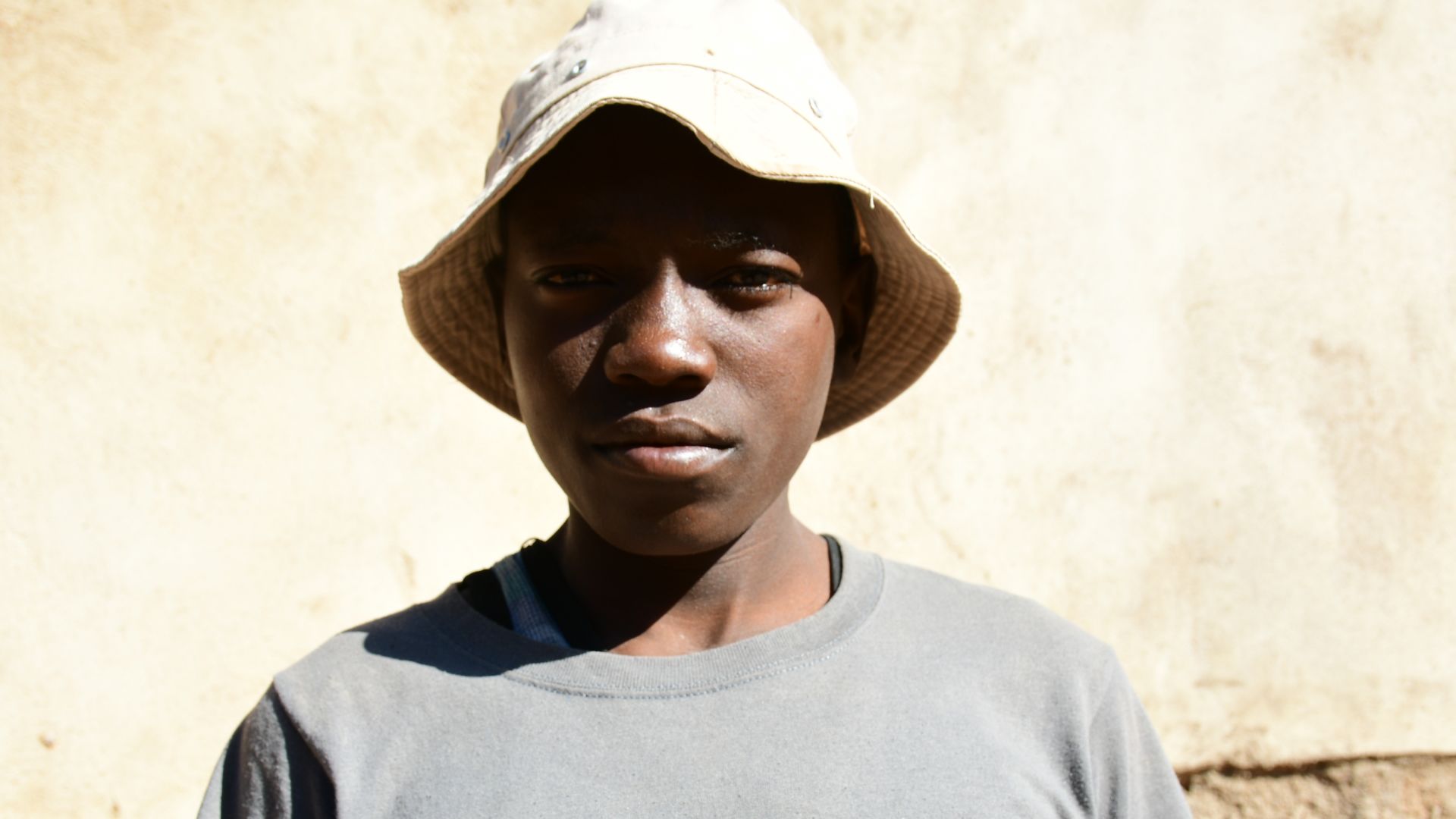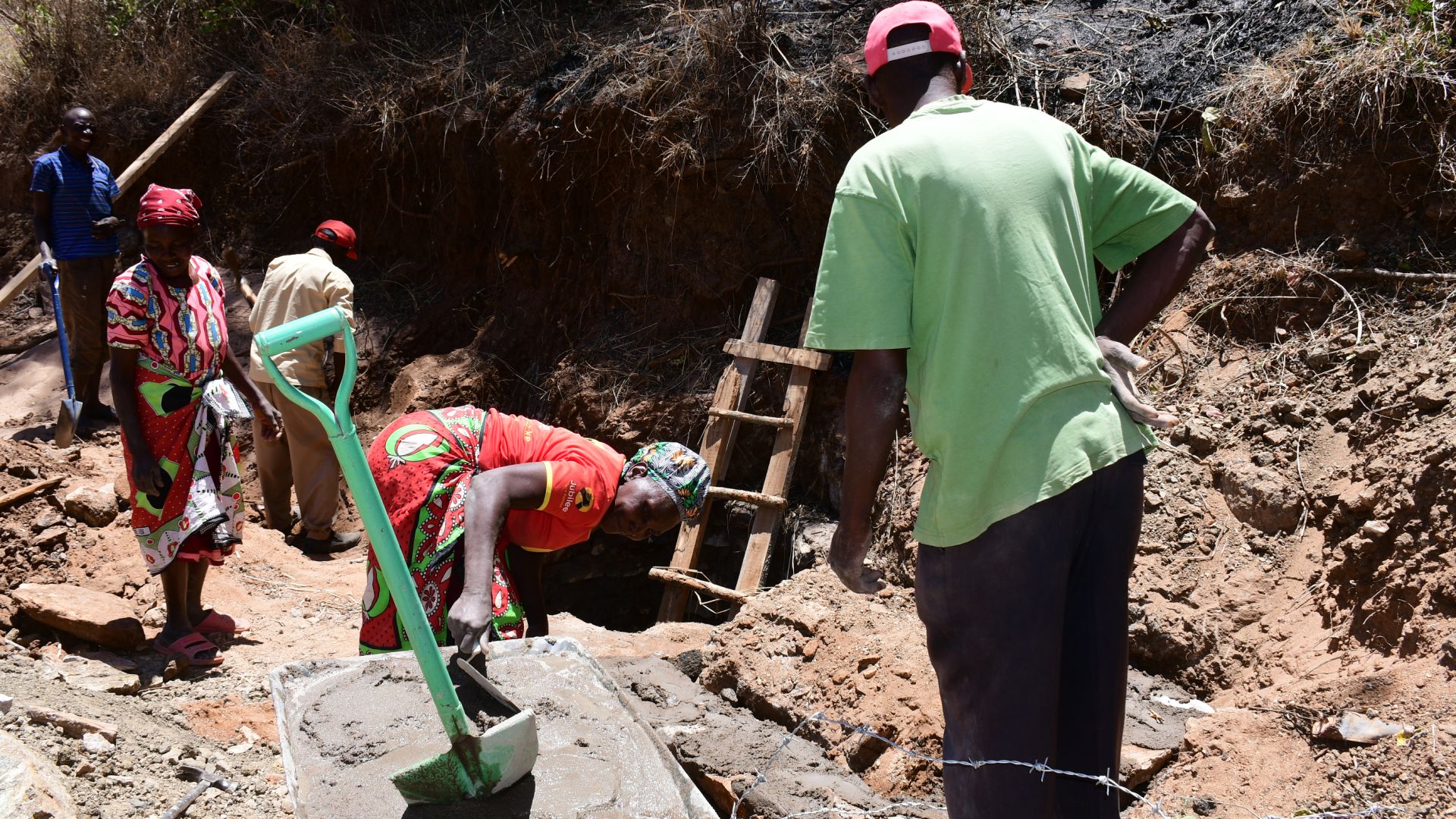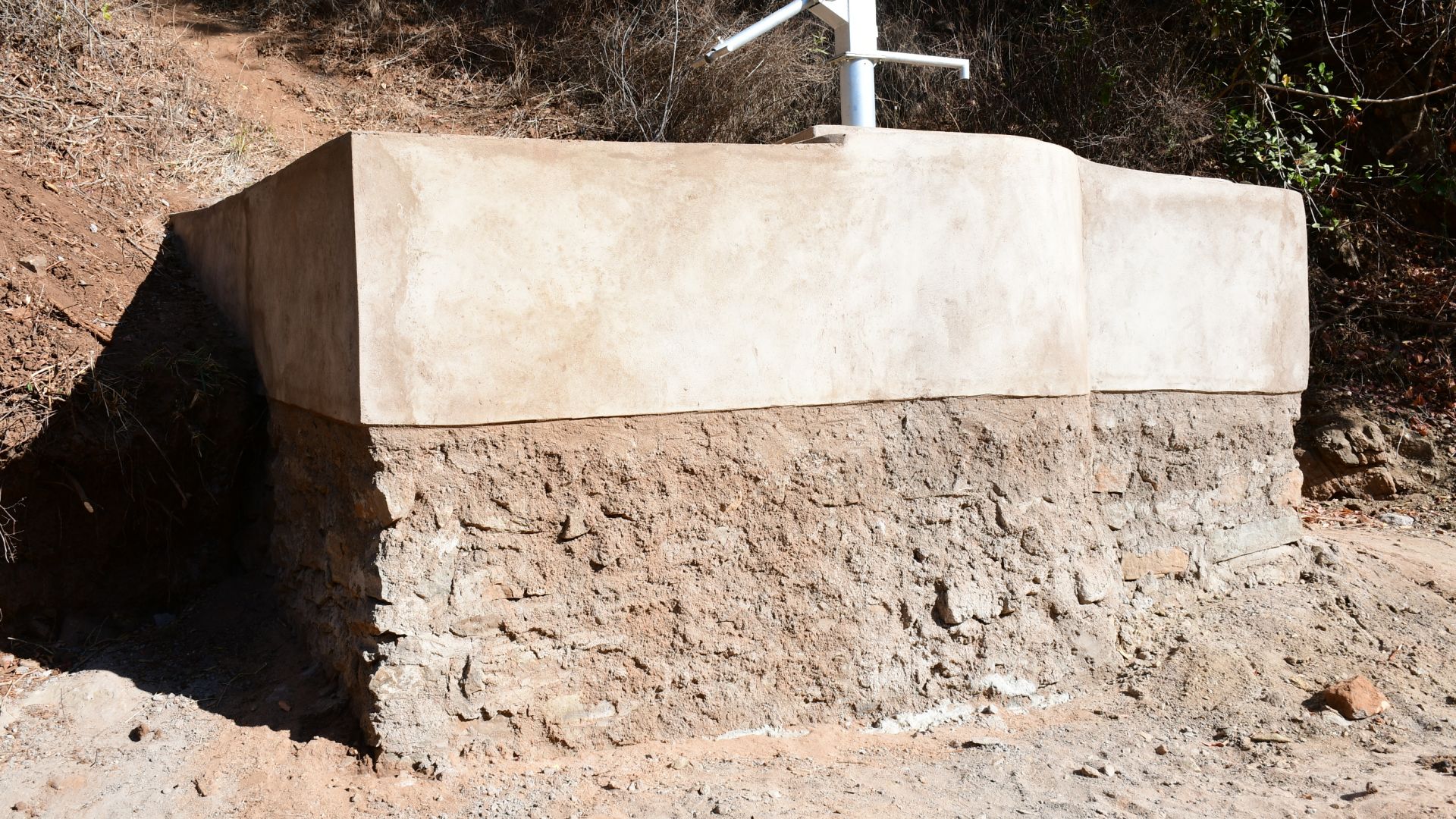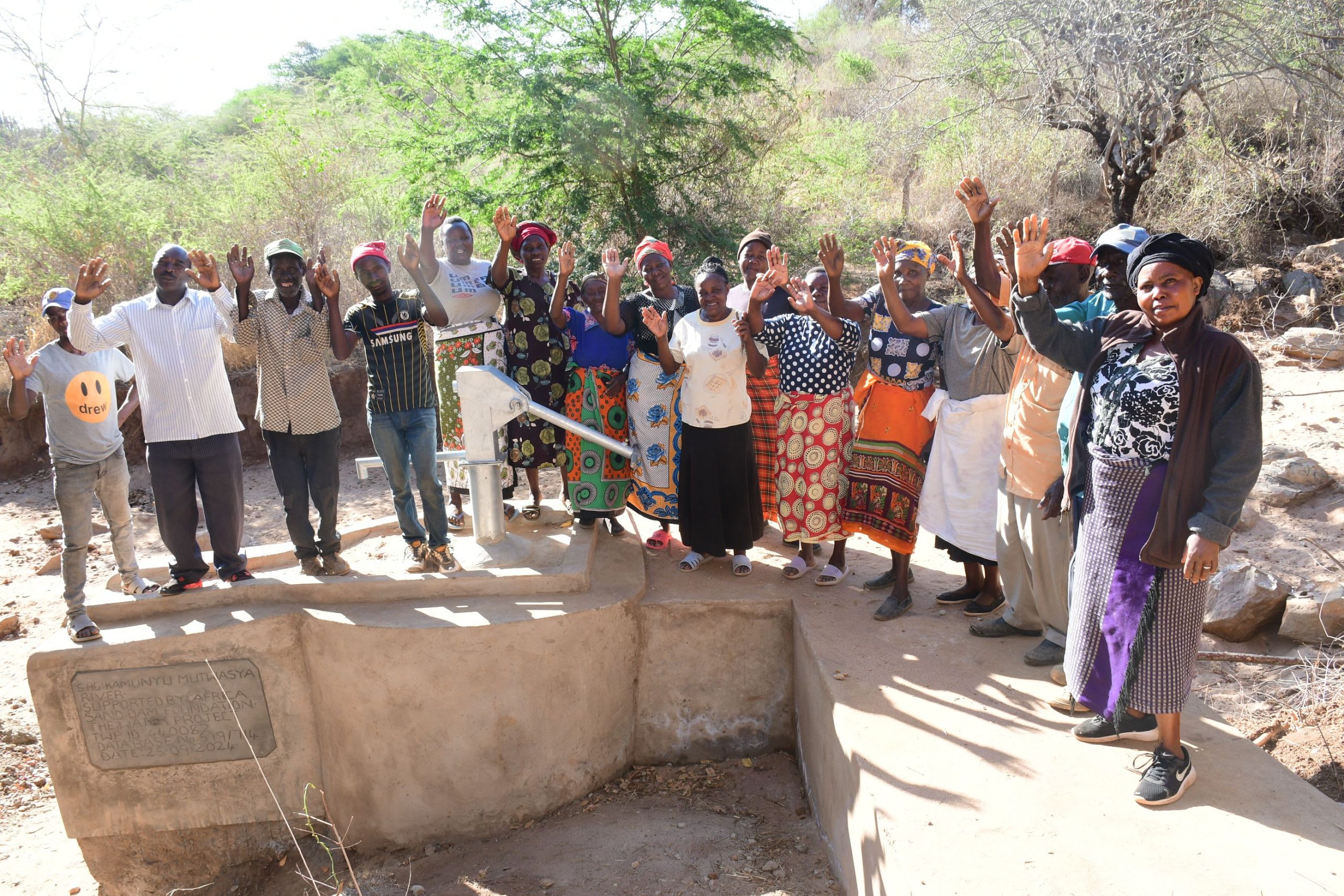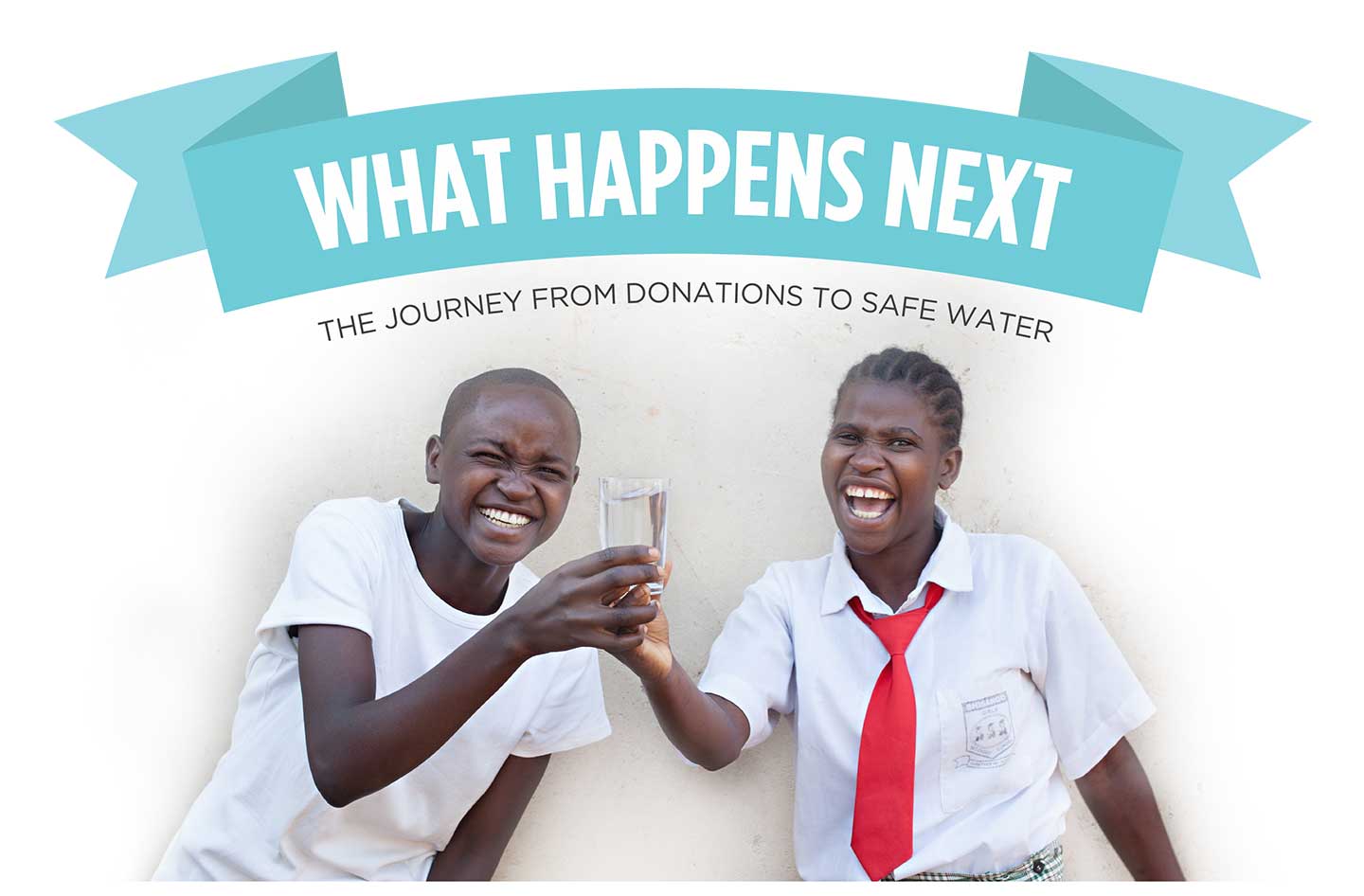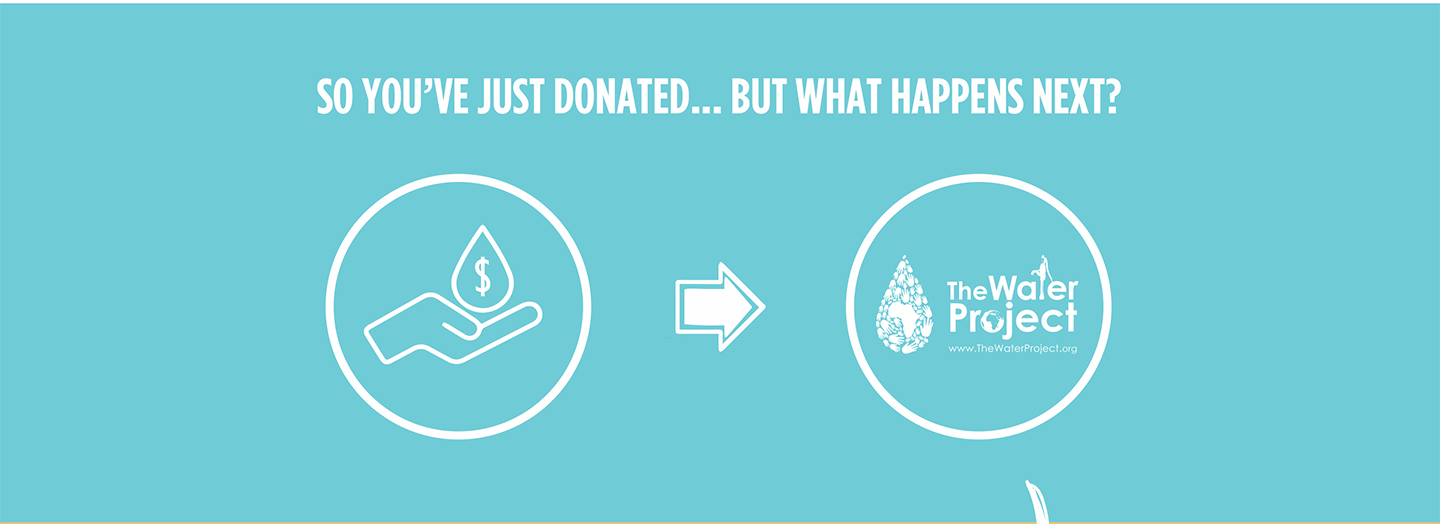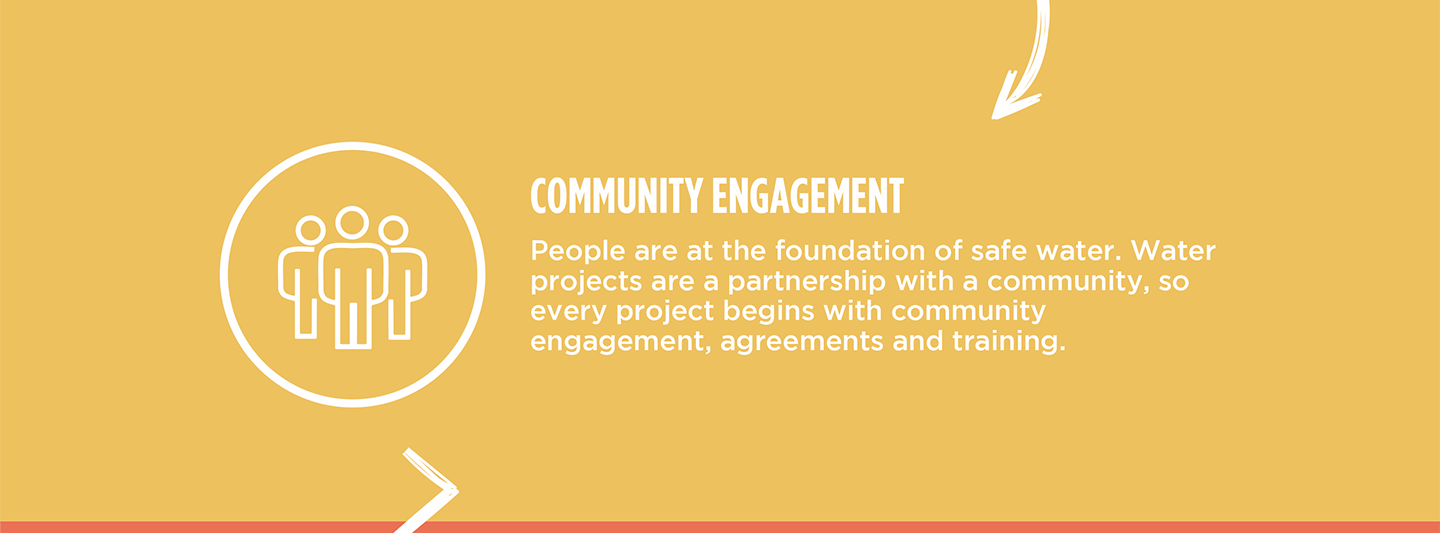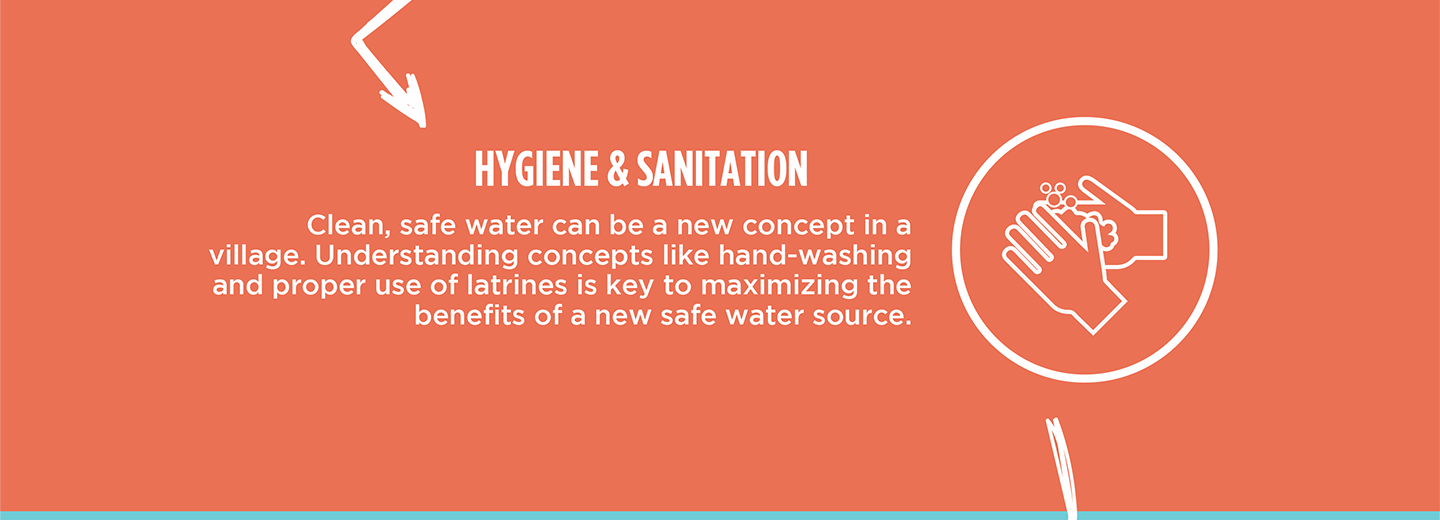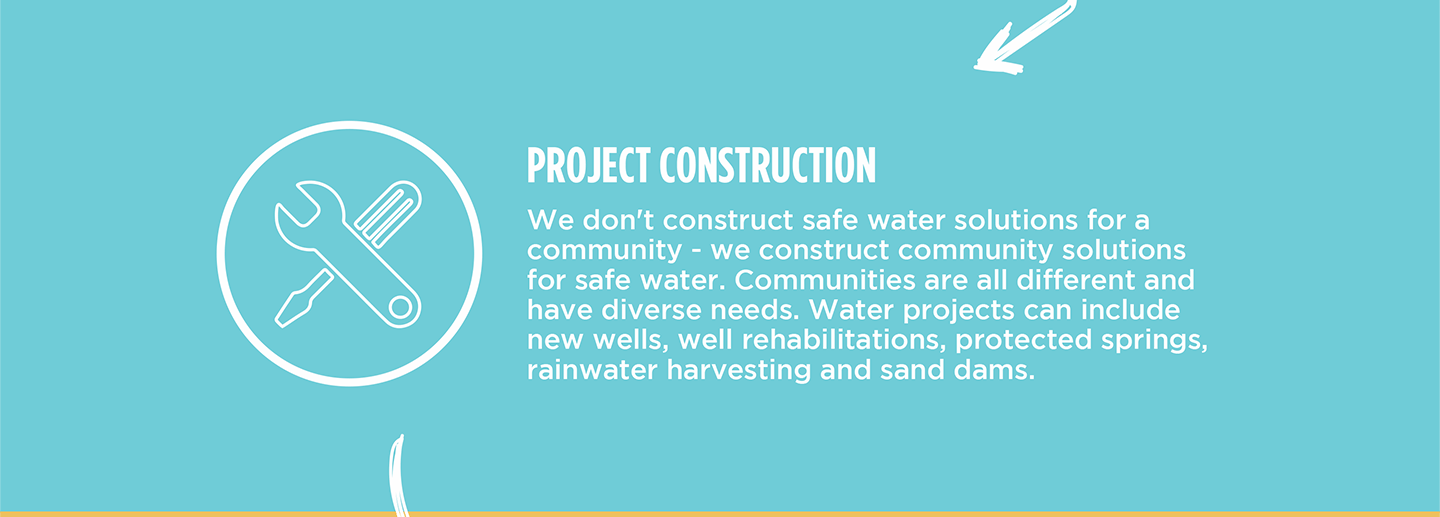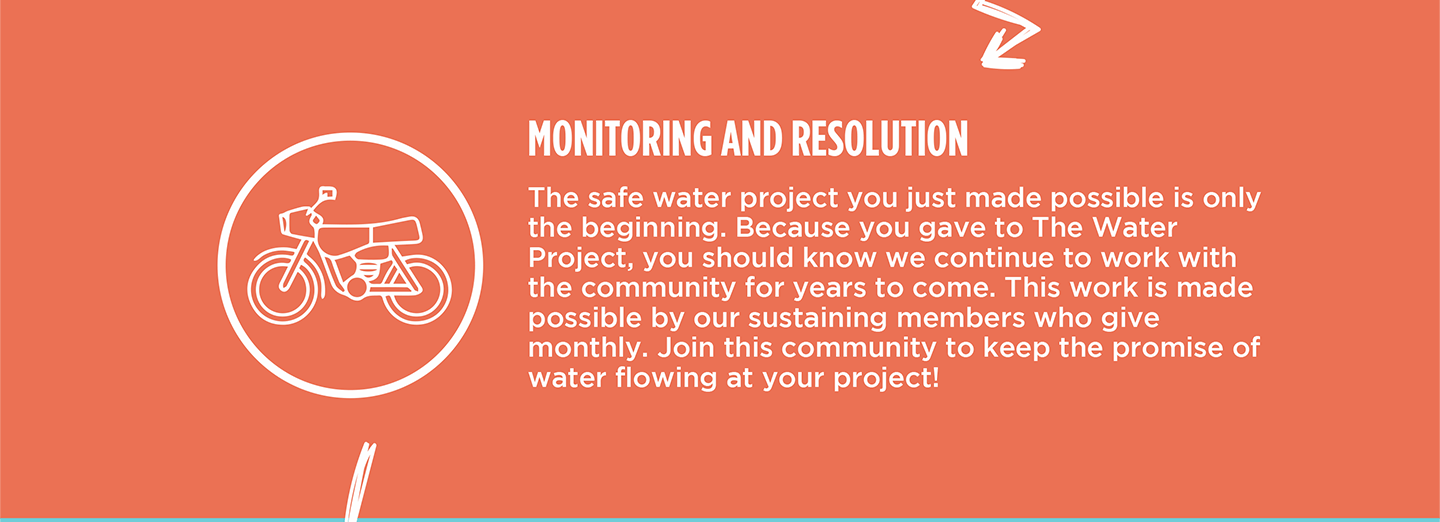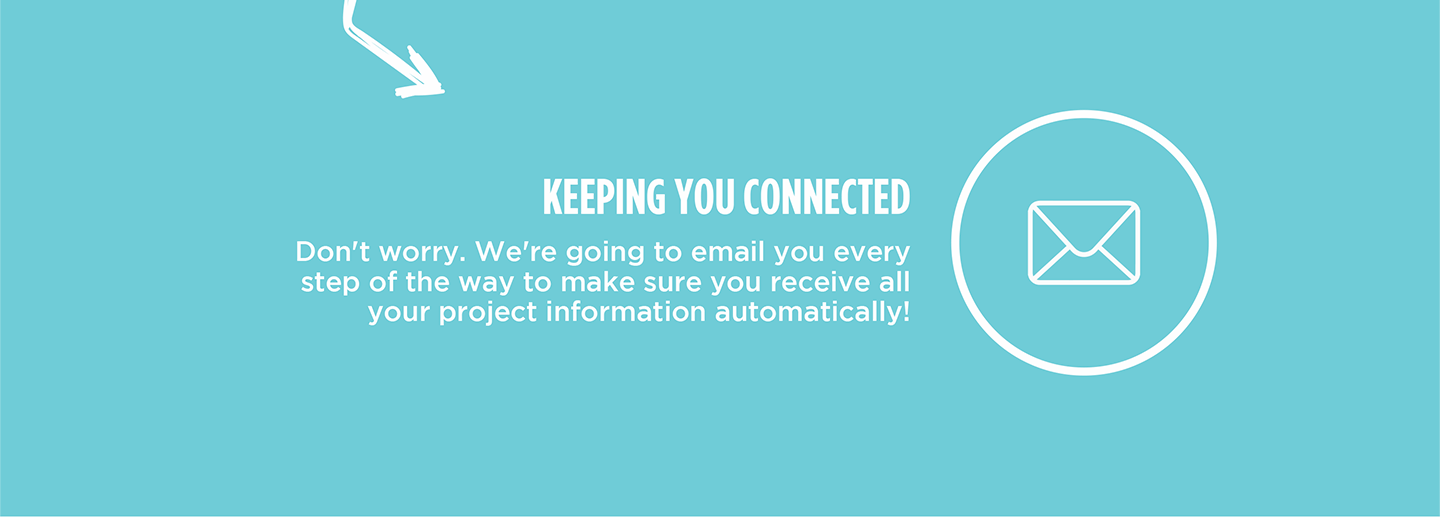The 8600-person Kamunyu Community desperately needs clean, accessible water. Currently, community members must make a two-hour round trip at least once daily to collect water from dirty scoop holes. This is an exhausting and time-consuming task, and drinking the water collected puts everyone's health at risk.
"The strain of dealing with inadequate water supplies can lower the overall quality of life. Poor water access can also contribute to a general sense of insecurity and stress within the community," shared Field Officer Alex Koech.
"The difficulty of accessing water from distant or challenging locations often means that individuals, particularly women and children, spend a disproportionate amount of time and energy fetching water. This labor could otherwise be directed towards education, economic activities, or rest, impacting overall community productivity and personal well-being," Alex continued.
"Getting to know the community's daily way of life and how it is affected by water scarcity was touching for me," concluded Alex.

Community members waiting to collect water from a scoop hole.
The extraordinary amount of labor required to collect water is taxing. Seventeen-year-old Janet is familiar with feeling overwhelmed by the task.
"I feel bad when I am sent for water, but I have to respect my parents and understand the water scarcity situation in our area. The waterpoint is located far away, [and] has a low water supply due to the lack of rain, and many people depend on it. We experience very little rainfall throughout the year, and it is frustrating to have to walk several kilometers every day to fetch water," shared Janet.

Janet.
Once Janet arrives at the waterpoint after her exhausting journey, she often has to wait a long time to collect the water she needs. As a result, she often misses out on other important things or must leave with insufficient water to complete her necessary tasks, forcing her to make compromises that frustrate her.
"Sometimes people quarrel about who should fetch water first. When you come with several jerrycans, those with few jerrycans feel that they should water first because they will take a shorter time, even though you might be ahead of them in the queue," said Janet.
"I get very little water, which may not be enough for hygiene; therefore, I skip school sometimes until when I am able to clean my uniform."

Janet collecting water.
Janet is incredibly determined to follow her dream of becoming an accountant. However, she has been facing major challenges because she doesn't have consistent access to clean water near her home. This situation has been holding her back from reaching her full potential and making her ambitions a reality.
Solving the water crisis in this community will require a multifaceted system that will work together to create a sustainable water source that will serve this community for years to come. Our proposed waterpoint can only serve 300 people daily, so we are working to identify other water solutions. Our goal is to ensure everyone in the community has access to safe and reliable drinking water.
Steps Toward a Solution
Our technical experts worked with the local community to identify the most effective solution to their water crisis. Together, they decided to construct a dug well and sand dam.
Dug Well Near A Sand Dam
Once a sand dam is installed and has time to mature by gathering sand and silt, groundwater increases significantly in the entire area surrounding the project. This provides a reliable source of groundwater that wasn’t possible before. As a result, wells can be constructed to take advantage of the water stored and filtered in the collected sand.
During construction, we build a platform for the well and attach a hand pump. The community gains a safe, enclosed water source capable of providing approximately five gallons of water per minute.
This dug well will be connected to a sand dam to obtain water.
Community Education & Ownership
Hygiene and sanitation training are integral to our water projects. Training is tailored to each community's specific needs and includes key topics such as proper water handling, improved hygiene practices, disease transmission prevention, and care of the new water point. Safe water and improved hygiene habits foster a healthier future for everyone in the community. Encouraged and supported by the guidance of our team, a water user committee representative of the community's diverse members assumes responsibility for maintaining the water point, often gathering fees to ensure its upkeep.
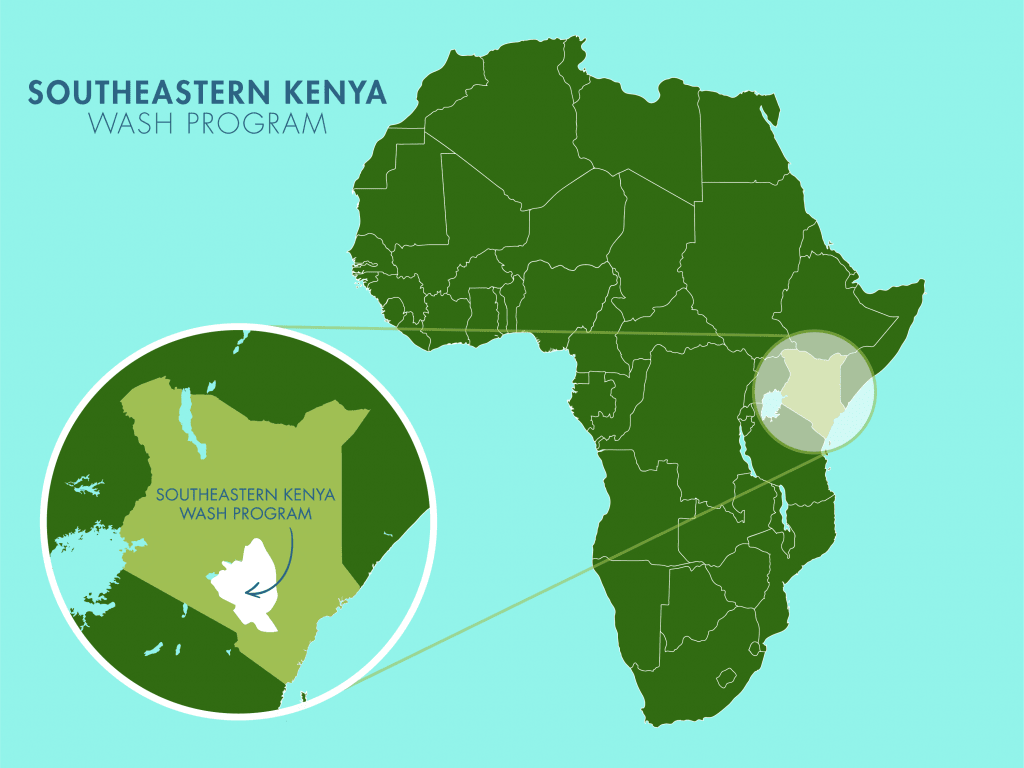
 Protected Dug Well
Protected Dug Well
 Rehabilitation Project
Rehabilitation Project

